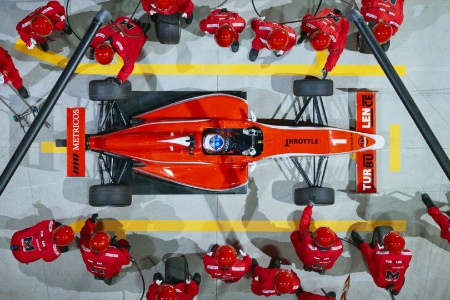Government has a role to play in changing this, by encouraging investment and employment and pushing our economy to work more efficiently. The May Budget will provide a clear signal about how the Federal Government intends to help.
The reform list is familiar – industrial relations, tax, skills, infrastructure, red tape, regulation, competition and industry policy. But in early February Prime Minister Scott Morrison effectively ruled out big bang reform, which would be the strongest push on the accelerator, saying “I’m not putting on a carbon tax and I’m not putting up the GST. They’re just tax increases”. A few weeks later industrial relations reforms failed to pass, which could be viewed as a missed opportunity to shore up stronger long-term economic resilience.
If the Government is to effectively balance the accelerator and the handbrakes, all reform options need to be considered and revisited. A lack of action in this area will ultimately return us to the economy of 2019. It’s not just reform that will transform the Australian economy, it’s about building a vision of the future and certainty around key policies like energy and climate change
Investment and reforms will also play a critical role in addressing Australia’s increasing debt burden, which is forecast to hit 43 per cent of GDP in 2023-24, or nearly $1 trillion. If these investments and reforms lead to a meaningful increase in nominal GDP growth, then this government debt will be more manageable and sustainable.
The IMF and RBA have recently stressed this fact. Late last year the RBA noted that “most advanced economies, government bond yields are currently below expected GDP growth rates, which will allow advanced economies to run fiscal deficits without raising concerns over debt sustainability”. That is, if you’re economy is growing faster than your interest bill, debt as a per cent of the economy falls. Without putting accelerators in action, governments will need to rely on higher taxes (including bracket creep) or will need to reduce spending.
There is also the matter of improving standards of living, best measured by growth in real gross national income per capita. The below figure shows it has been slowing for the past 15 years. Australians were lucky to see our standards of living improve during the early 2000s when productivity growth was weak as a once in a 100-year mining boom boosted the terms of trade.







